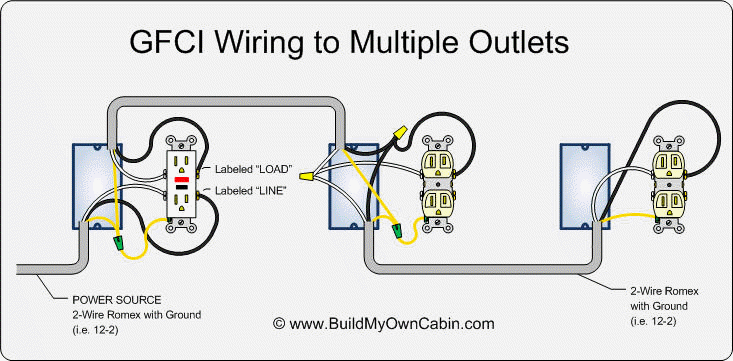SkwatzForFood
Getting the hang of it
- Joined
- Jul 2, 2017
- Messages
- 109
- Reaction score
- 21
This will be a fresh install at home and I'll be running all the cable myself. Looking for any advice and or opinions on a location for my switch. If it makes a difference its a managed fanless switch. Here are the places I've considered and the pros and cons I've come up with for each:
Office where BI server will be located
The good-Can plug in to UPS I already have in office, close to router, easy physical access if needed, no reason to worry about overheating
The bad-Unless I'm not realizing my other options, I will have to terminate all my CAT6 to separate keystones and use patch cables from keystone to switch. This could be up to 6 separate lines.
Attic
The good-Only have to drop one cable to office, less clutter on desk, shorter runs of CAT6 that connect directly from camera to switch
The bad-Not so quick access to switch, I'll need to purchase a second UPS, and most importantly Heat. I live in south Louisiana so it definitely gets hot up there. My switch is rated up to 120 degrees but the UPS I was looking at is only rated up to 104 degress.
Garage
The good-cooler than the attic, slightly easier access than the attic, easier to drop cable runs
The bad-I'll have to purchase a lockable wall mount enclosure and another UPS, easy access for someone who gets into the garage (even with the enclosure), and the big one that really turns me off is that all the outlets are GFI.
Office where BI server will be located
The good-Can plug in to UPS I already have in office, close to router, easy physical access if needed, no reason to worry about overheating
The bad-Unless I'm not realizing my other options, I will have to terminate all my CAT6 to separate keystones and use patch cables from keystone to switch. This could be up to 6 separate lines.
Attic
The good-Only have to drop one cable to office, less clutter on desk, shorter runs of CAT6 that connect directly from camera to switch
The bad-Not so quick access to switch, I'll need to purchase a second UPS, and most importantly Heat. I live in south Louisiana so it definitely gets hot up there. My switch is rated up to 120 degrees but the UPS I was looking at is only rated up to 104 degress.
Garage
The good-cooler than the attic, slightly easier access than the attic, easier to drop cable runs
The bad-I'll have to purchase a lockable wall mount enclosure and another UPS, easy access for someone who gets into the garage (even with the enclosure), and the big one that really turns me off is that all the outlets are GFI.



 Enclosures - Leviton Connected Home
Enclosures - Leviton Connected Home